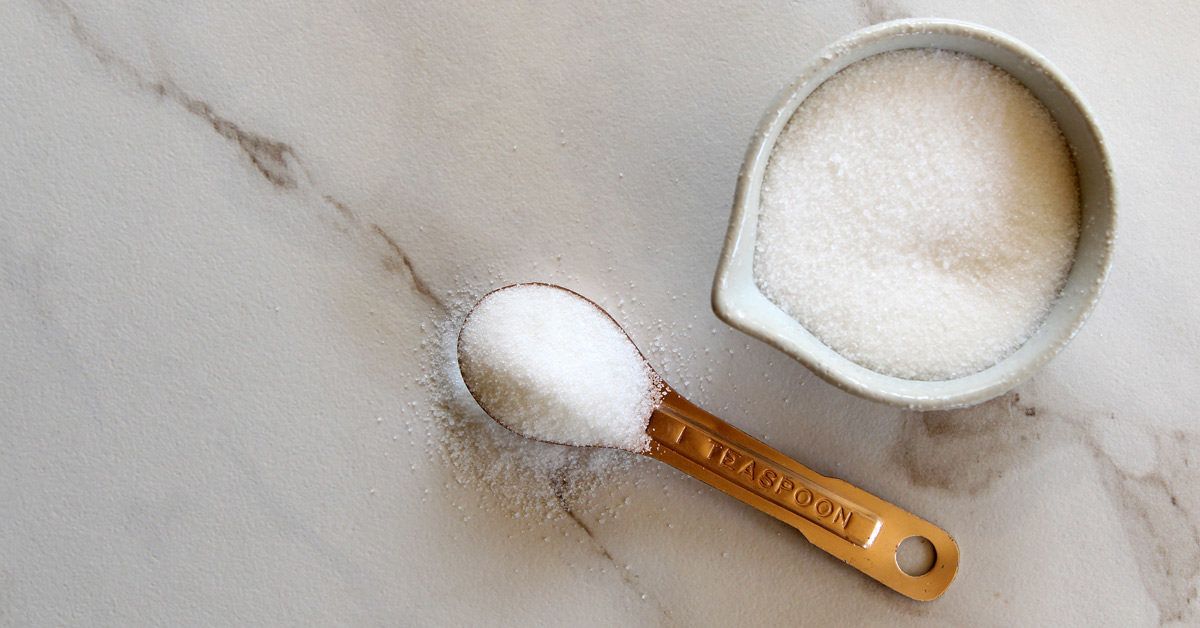Discover the Uses and Perks of Beet Sugar Vs Cane Sugar in Your Daily Diet Regimen
Exploring the distinctive high qualities of beet and cane sugar exposes even more than simply their sweetening capabilities; it highlights their distinct influences on wellness and cookeries. Beet sugar, known for its subtle flavor, is frequently preferred in fragile desserts, whereas cane sugar, with its hint of molasses, adds richness to durable recipes. Each type holds its own dietary account and glycemic ramifications, inviting a deeper understanding of their functions in a well balanced diet plan and lasting intake techniques.
Origin and Manufacturing Processes of Beet and Cane Sugar

The distinct environments and dirt kinds needed for growing sugar beetroots and sugarcane add to distinctions in their farming practices and geographic distribution, influencing the economics and sustainability of their production. beet sugar vs cane sugar.
Nutritional Comparison In Between Beet Sugar and Cane Sugar
In spite of originating from different plants, beet sugar and cane sugar are nutritionally extremely similar, both mostly including sucrose. Each gives concerning 4 calories per gram, translating to about 16 calories per teaspoon. Structurally, both sugars are made up of about 99.95% sucrose, with marginal amounts of other compounds like wetness and trace minerals, which do not significantly modify their nutritional accounts.

Inevitably, when selecting between beet sugar and cane sugar based upon dietary web content alone, both offer the same advantages and disadvantages as they are basically forms of the exact same particle-- sucrose, offering fast energy without other nutrients.
Effect On Health: Glycemic Index and Caloric Content
Discovering additionally right into the effects of beet sugar and cane sugar on wellness, it is vital to consider their glycemic index and calorie content. The glycemic index (GI) of both beet and cane sugar is around 65, categorizing them as high-GI foods, which can cause fast spikes in beet sugar vs cane sugar blood sugar degrees.
Each kind of sugar contains about 4 calories per gram, making their caloric web content equivalent. For those checking calorie intake, especially when handling weight or metabolic wellness problems, comprehending this equivalence is vital (beet sugar vs cane sugar). Nevertheless, too click for more info much intake of any type of high-calorie, high-GI food can add to health problems such as weight problems, heart problem, and insulin resistance.
Environmental and Economic Considerations of Sugar Production
Beyond health influences, the production of beet and cane sugar likewise raises substantial environmental and economic issues. Sugar beet cultivation has a tendency to call for cooler environments and has a lower geographical footprint contrasted to sugar cane, which thrives in tropical areas.
In addition, the usage of pesticides and plant foods in both beet and cane sugar cultivation can cause dirt degradation and contamination, additional influencing biodiversity and regional water bodies (beet sugar vs cane sugar). The option between growing sugar beet or cane often pivots on neighborhood ecological conditions and economic aspects, making the sustainability of sugar production an intricate problem
Culinary Applications and Taste Distinctions
While the environmental and economic facets of sugar manufacturing are indeed considerable, the selection between beet and cane sugar additionally influences cooking applications and taste profiles. Beet sugar, stemmed from the sugar beet plant, is understood for its extremely neutral preference. This makes it a flexible component in cooking, where it does not change the flavor of other elements. It dissolves swiftly and is perfect for use in cakes, cookies, and breads.
Walking cane sugar, drawn out from sugarcane, typically maintains molasses traces, which present an unique splendor and deepness. This slight molasses flavor enhances the complexity of investigate this site baked goods, sauces, and sauces. It is particularly preferred in things where a caramel touch is wanted, such as in brownies or gingerbread. The slight variation in dampness web content between beet and cane sugar can influence the texture and uniformity of recipes, making cane sugar a favored choice for details dishes that profit from its unique buildings.

Conclusion
In verdict, both beet and cane sugar have unique beginnings and manufacturing processes, providing comparable nutritional profiles with small distinctions in salt content and taste. While their effect on wellness, especially regarding glycemic index and calories, is equivalent, the option between them often steams down to environmental, financial variables, and specific cooking demands. Understanding these aspects can lead customers in making educated decisions that straighten with their health and wellness objectives and flavor choices.